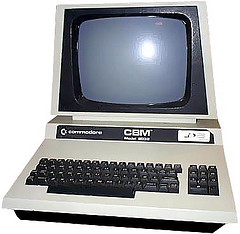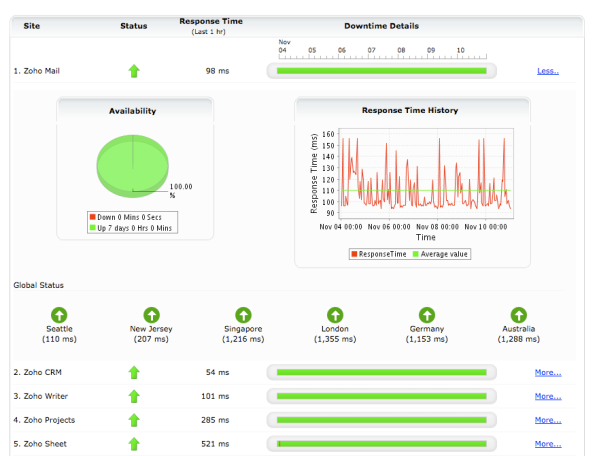I couldn’t care less when Gmail added those cute smiley, but the newly released themes go beyond cosmetics, they can actually increase your productivity. How? By helping you differentiate between multiple Gmail accounts.
I have branded (Google Apps, using my own domain) accounts for business and personal use, and a few generic @gmail.com types for subscriptions, lists, online purchases. It’s all neatly tied together by Gmail Manager, the excellent Firefox extension. Even then I sometimes find myself typing an email in the wrong account window. Here’s the solution: give all your Gmail accounts its own distinctive theme.
I don’t really care for the fancy themes, but at least the top row are all subtle, minimalist styles. Pick one for each of your accounts, you’ll get used to the colors fast and never mix up your accounts again.
Well.. almost. As usual, Google rolled out this new feature to the generic, @gmail.com accounts only. Google Apps users will have to wait – lets’ hope not too long.
Related articles:
- Spice up your inbox with colors and themes
- Gmail Gets Themes
- Gmail Themes. That’s Totally Ninja.
- Gmail Themes as Productivity Tools?


 How old is your work computer?
How old is your work computer?

 If it looks familiar, perhaps you followed my
If it looks familiar, perhaps you followed my 
 Ben recently reported on how
Ben recently reported on how  PDC has shown that Microsoft is now eager to forget about Vista, a bad dream, fully focusing on Windows 7. They must have realized that no multi-million-dollar marketing campaign can fix Vista’s badly tarnished reputation.
PDC has shown that Microsoft is now eager to forget about Vista, a bad dream, fully focusing on Windows 7. They must have realized that no multi-million-dollar marketing campaign can fix Vista’s badly tarnished reputation.
 )
) Loren Baker, Editor of Search Engine Journal discusses his experience of getting his
Loren Baker, Editor of Search Engine Journal discusses his experience of getting his ![Reblog this post [with Zemanta]](https://www.zoliblog.com/wp-content/uploads/HLIC/54e6a3db43b098ecbf5db09e027cb1c1.png)



Recent Comments